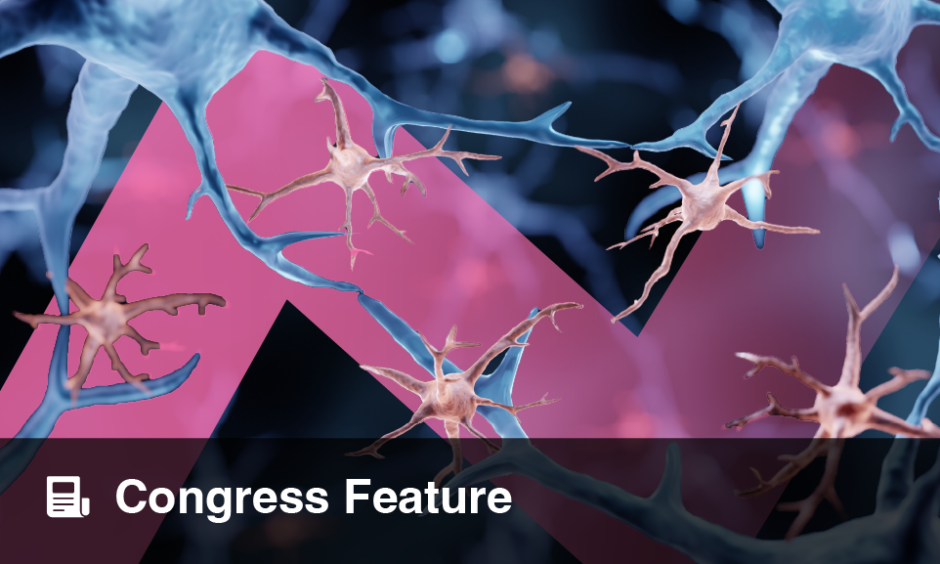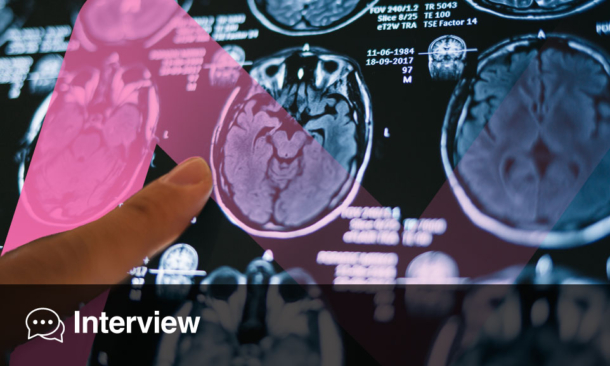THE CONTROVERSIAL role of therapeutic hypothermia in traumatic brain injury continues to divide clinicians, as recent findings reveal conflicting effects on survival and neurological outcomes.
Review Overview
Researchers performed an umbrella review analyzing 30 systematic reviews of therapeutic hypothermia in traumatic brain injury. Most studies were of high methodological quality and assessed mortality, neurological outcomes, and complications such as pneumonia, arrhythmia, electrolyte imbalance, and coagulopathy. Due to the wide variability in study design, patient populations, and cooling protocols, a meta-analysis could not be conducted.
Mixed Results on Survival and Neurological Recovery
Therapeutic hypothermia aims to reduce cerebral metabolism and oxygen demand, potentially minimizing ischemic damage after head trauma. However, results remain inconclusive. Some studies reported slight neurological improvement up to two years post-injury, whereas others found no significant survival benefit compared with standard care. Pneumonia was the most frequently documented complication, occurring more often among patients receiving hypothermic therapy.
Call for Standardized Protocols
The authors emphasized that inconsistencies in target temperature, rewarming rate, patient age, and concurrent medication use may account for the discordant findings. They advocate for standardized, high-quality clinical trials to clarify when and how therapeutic hypothermia may offer benefit in traumatic brain injury management.
Reference: Ashayeri H et al. Therapeutic hypothermia in patients with traumatic brain injury: an umbrella review. BMC Neurology. 2025;25(1):440. doi:10.1186/s12883-025-04463-3.







